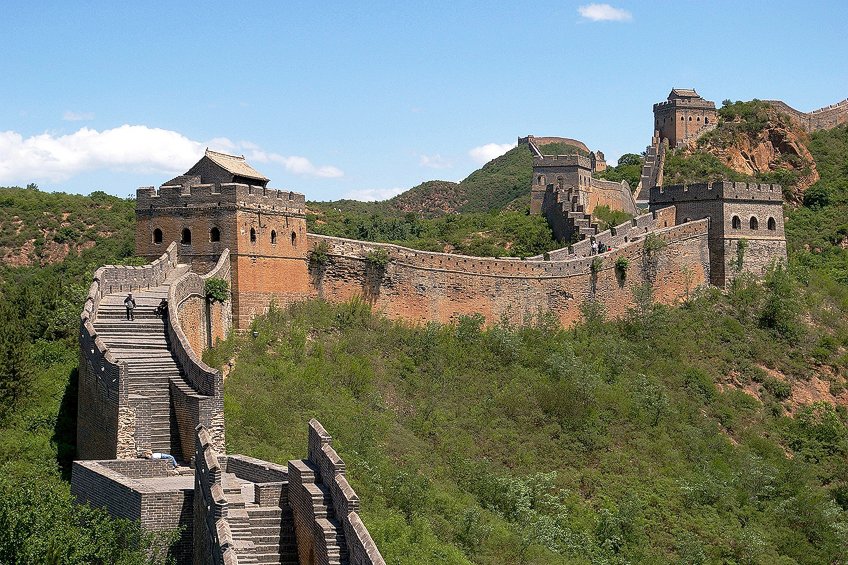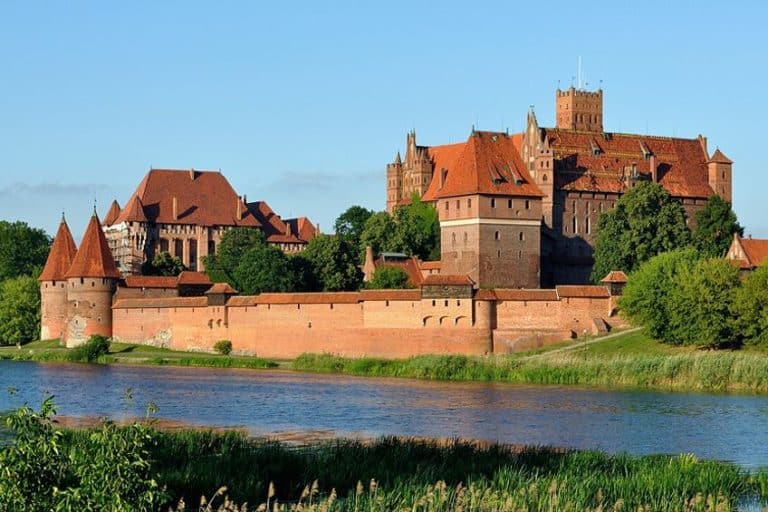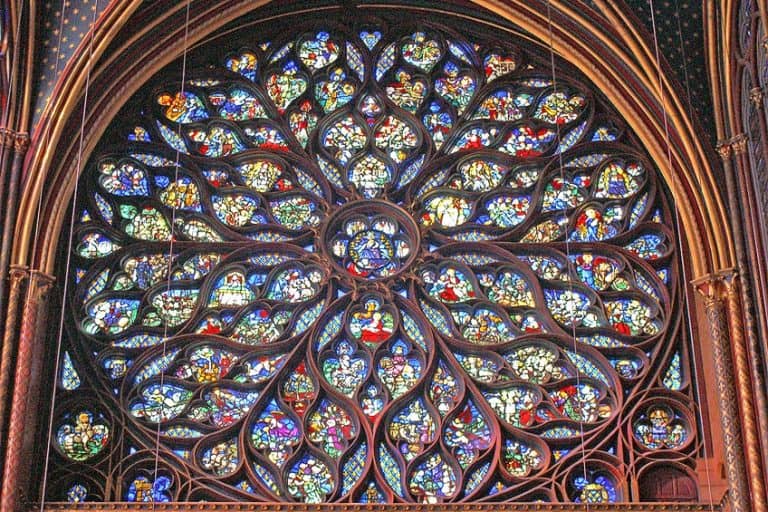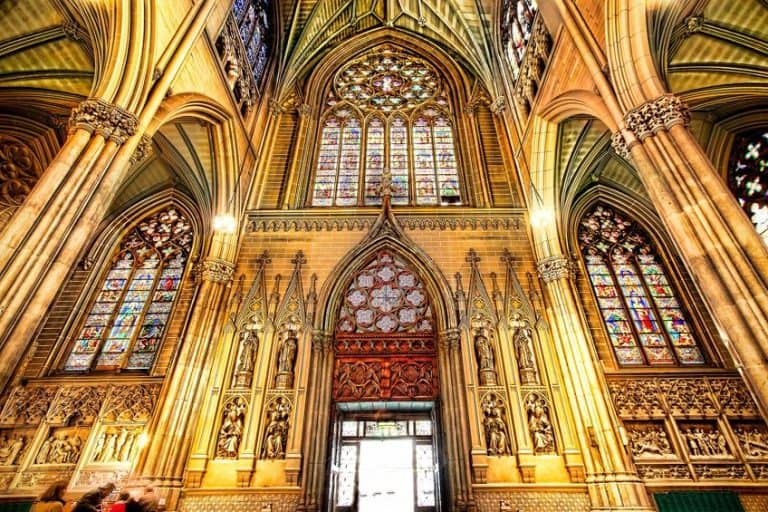Facts About the Great Wall of China – Guardian of History
The Great Wall of China stands as an enduring testament to human ingenuity and determination, spanning centuries of Chinese history. Contrary to popular belief, it’s not a single continuous wall but a series of fortifications built and rebuilt by various dynasties, primarily to defend against invasions from nomadic tribes. Stretching over 13,000 miles (21,000 kilometers), it traverses diverse landscapes, from rugged mountains to desolate plains, showcasing remarkable engineering feats like watchtowers, battlements, and defensive structures. This iconic marvel of ancient architecture is not just a physical barrier but a cultural symbol embodying China’s rich heritage and strategic military prowess.
Table of Contents
- 1 A Look at the Great Wall of China
- 2 10 Interesting Facts About the Great Wall of China
- 2.1 The Total Length of the Great Wall Is 21196.18 km
- 2.2 It Took Over 2,000 Years to Construct the Wall
- 2.3 There Are 15 Strategic Passes from the East to the West
- 2.4 It Is Not a Wall but a Series of Fortifications
- 2.5 Various Materials Were Used to Build the Great Wall
- 2.6 The Workers from Ancient Times Left Marks on the Bricks
- 2.7 The Great Wall of China Cannot Be Seen from Space by the Human Eye Without Aid
- 2.8 It Is the Chinese People’s Greatest Cultural Icon
- 2.9 The Great Wall Is Poisonous
- 2.10 1/3 of the Walls Have Disappeared
- 3 Frequently Asked Questions
A Look at the Great Wall of China
The Great Wall of China, often hailed as one of the most iconic architectural wonders in human history, stretches across northern China, winding through rugged mountains, vast plains, and desert landscapes. Contrary to popular belief, it’s not a single continuous wall but a complex network of fortifications built over several dynasties, starting as early as the 7th century BCE.
This colossal structure, spanning over 13,000 miles (21,000 kilometers) in total length, served as a formidable defensive barrier against invasions, incorporating watchtowers, battlements, and other defensive features along its length.

Each section of the Great Wall offers unique insights into ancient Chinese engineering and military strategies. From the well-preserved sections near Beijing, such as Badaling and Mutianyu, showcasing intricate brickwork and strategic positioning, to the more rugged and remote stretches in Gansu and Inner Mongolia, the Great Wall’s diverse architecture reflects the challenges and innovations faced by successive dynasties over centuries of construction and reconstruction.
Its enduring legacy as a symbol of China’s rich history, cultural heritage, and architectural prowess continues to fascinate and inspire visitors from around the globe.
10 Interesting Facts About the Great Wall of China
Explore fascinating facts about the Great Wall of China, an iconic symbol of ancient engineering and human history. Delve into the details of this monumental structure, from its impressive length and construction timeline to intriguing aspects such as visibility from space, cultural significance, defensive strategies, and ongoing preservation challenges. Discover the rich heritage and enduring legacy of the Great Wall through these insightful facts that highlight its importance as a global architectural marvel and a testament to human ingenuity.

The Total Length of the Great Wall Is 21196.18 km
The Great Wall of China is renowned for its vast expanse, stretching an impressive total length of 21,196.18 kilometers.
This monumental structure stands as a testament to ancient engineering prowess and the determination of countless laborers over centuries.
It Took Over 2,000 Years to Construct the Wall
Construction of the Great Wall was a monumental effort that spanned more than 2,000 years. It involved the contributions of multiple Chinese dynasties, showcasing a remarkable continuity of purpose and the enduring significance of fortification in Chinese history.
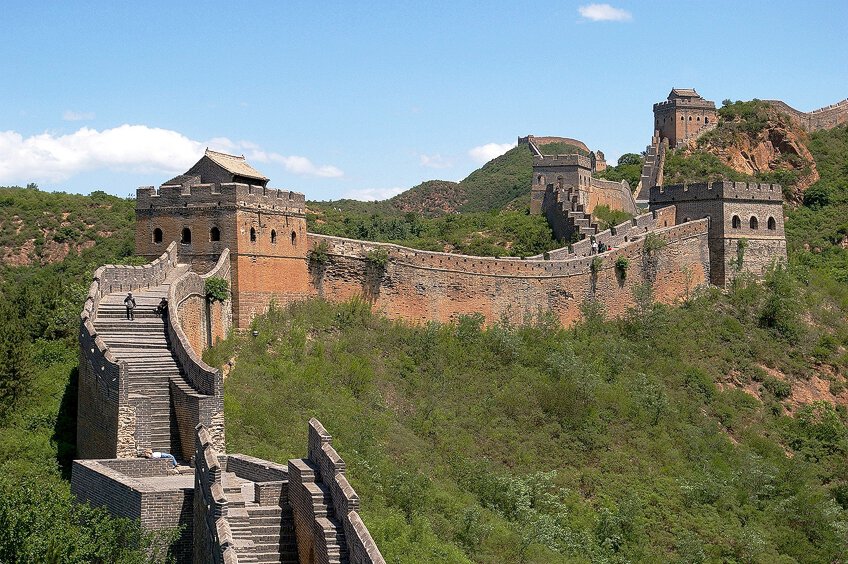
There Are 15 Strategic Passes from the East to the West
Strategically positioned along the wall are 15 key passes, strategically located to facilitate movement from the eastern regions to the western territories.
These passes played a crucial role in defense, trade, and communication, shaping the geopolitical landscape of ancient China.
It Is Not a Wall but a Series of Fortifications
Contrary to common perception, the Great Wall is not a single continuous wall but a series of interconnected fortifications. These include walls, watchtowers, and defensive structures, each serving specific functions and collectively forming a formidable barrier against invaders.
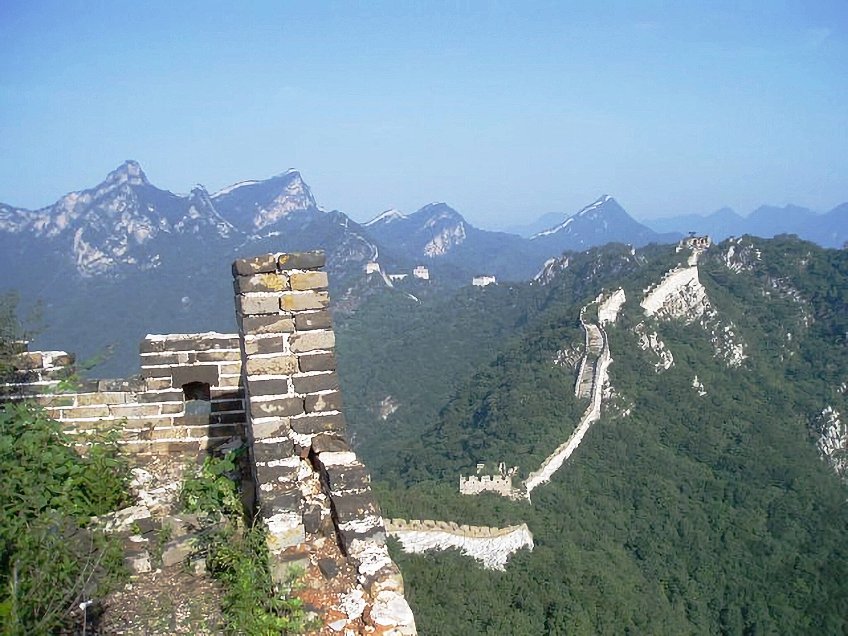
Various Materials Were Used to Build the Great Wall
In its construction, the Great Wall employed a variety of materials, showcasing the resourcefulness and adaptability of ancient builders.
These materials ranged from bricks and stone to earth and wood, each chosen for its durability and suitability to the terrain, contributing to the wall’s enduring legacy as an architectural marvel.
The Workers from Ancient Times Left Marks on the Bricks
Workers who labored on the Great Wall of China in ancient times often left marks on the bricks, including inscriptions, symbols, and even their names. These marks serve as poignant reminders of the human effort and craftsmanship that went into the wall’s construction, adding a layer of historical depth to its architectural significance.

The Great Wall of China Cannot Be Seen from Space by the Human Eye Without Aid
Contrary to popular belief, the Great Wall of China cannot be seen from space by the human eye without aid such as binoculars or a camera with a zoom lens.
While it is an impressive structure, its width and color blend with the natural surroundings when viewed from a considerable distance, making it challenging to discern without technological assistance.
It Is the Chinese People’s Greatest Cultural Icon
As the Chinese people’s greatest cultural icon, the Great Wall holds immense symbolic and historical value. It represents not just a physical barrier but also the unity, resilience, and enduring spirit of the Chinese civilization throughout its long history.
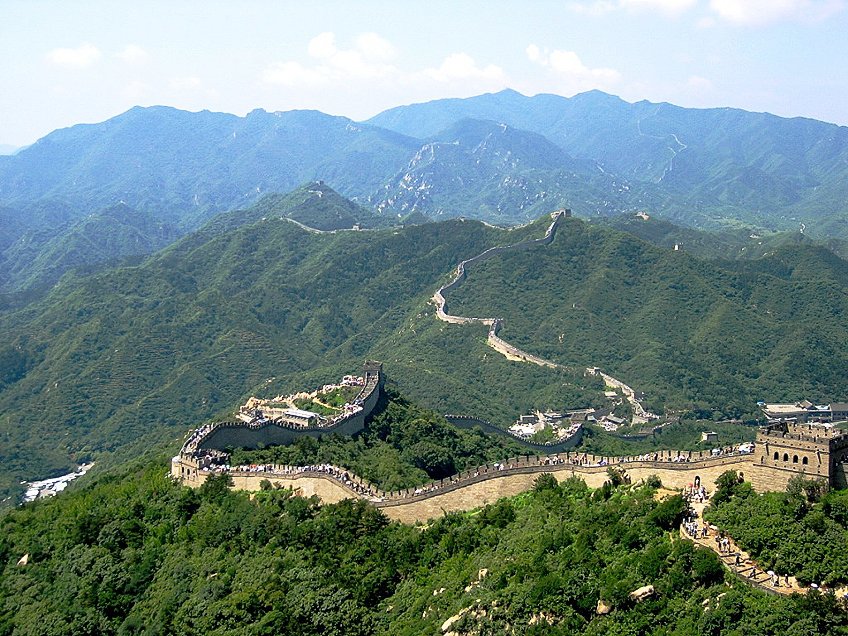
The Great Wall Is Poisonous
Interestingly, certain sections of the Great Wall were constructed using materials that were toxic, such as mixtures containing arsenic.
This was done intentionally to deter enemies from attempting to breach the wall, adding a layer of defense beyond its sheer size and height.
1/3 of the Walls Have Disappeared
Over time, due to natural erosion, human activities, and lack of maintenance, approximately one-third of the Great Wall’s original length has disappeared. This gradual disappearance underscores the challenges of preserving ancient structures and the ongoing efforts required to protect and conserve this monumental piece of world heritage.

The Great Wall of China stands as a monumental achievement in human architecture, blending strategic military defense with cultural significance. Its sprawling expanse and diverse construction techniques reflect centuries of dynastic rule and innovation. Beyond its historical importance, the Great Wall remains a symbol of China’s enduring strength and resilience. As a UNESCO World Heritage Site drawing millions of visitors annually, it continues to captivate the world with its grandeur and timeless allure, showcasing the enduring legacy of ancient civilizations and their architectural marvels.
Frequently Asked Questions
How Long Did It Take to Build the Great Wall of China?
Construction of the Great Wall spanned more than 2,000 years, with various dynasties contributing to its expansion and enhancement. The initial construction began in the 7th century BC, and the wall saw continuous additions and improvements until the Ming Dynasty in the 17th century AD.
Why Was the Great Wall of China Built?
The Great Wall was primarily built as a defensive barrier to protect Chinese states and empires from invasions by nomadic tribes and military incursions. It also served as a means of controlling trade routes and facilitating border control and surveillance.
Is the Great Wall of China Open to Visitors?
Yes, many sections of the Great Wall are open to visitors, allowing them to explore and experience this iconic historical landmark. Popular sections for tourists include Badaling, Mutianyu, and Jinshanling, offering varying degrees of accessibility and scenic views.
Isabella studied at the University of Cape Town in South Africa and graduated with a Bachelor of Arts majoring in English Literature & Language and Psychology. Throughout her undergraduate years, she took Art History as an additional subject and absolutely loved it. Building on from her art history knowledge that began in high school, art has always been a particular area of fascination for her. From learning about artworks previously unknown to her, or sharpening her existing understanding of specific works, the ability to continue learning within this interesting sphere excites her greatly.
Her focal points of interest in art history encompass profiling specific artists and art movements, as it is these areas where she is able to really dig deep into the rich narrative of the art world. Additionally, she particularly enjoys exploring the different artistic styles of the 20th century, as well as the important impact that female artists have had on the development of art history.
Learn more about Isabella Meyer and the Art in Context Team.
Cite this Article
Isabella, Meyer, “Facts About the Great Wall of China – Guardian of History.” Art in Context. April 10, 2024. URL: https://artincontext.org/facts-about-the-great-wall-of-china/
Meyer, I. (2024, 10 April). Facts About the Great Wall of China – Guardian of History. Art in Context. https://artincontext.org/facts-about-the-great-wall-of-china/
Meyer, Isabella. “Facts About the Great Wall of China – Guardian of History.” Art in Context, April 10, 2024. https://artincontext.org/facts-about-the-great-wall-of-china/.


